Table of Contents
Ever wander down the dairy aisle, staring at the endless options and wondering which one actually does something good for you beyond just tasting okay? Maybe you've heard whispers about "gut health" and how certain foods can make a difference. It's easy to feel overwhelmed by the choices and the often-confusing claims on packaging.
What Exactly is Cultured Low Fat Milk?
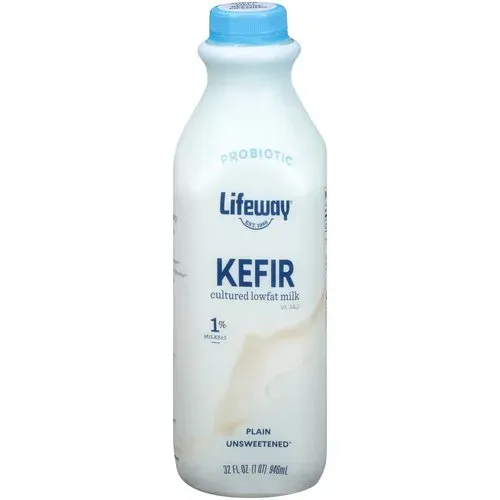
What Exactly is Cultured Low Fat Milk?
It Starts with Good Bacteria
Alright, let's cut through the marketing jargon. When you see "cultured low fat milk," think of it as milk that's gone through a controlled fermentation process. It's essentially low-fat milk that specific, beneficial bacteria have been introduced to. These aren't just random germs; they're carefully selected strains, often the same types you'd find in yogurt or kefir. They get to work, munching on the natural sugars (lactose) in the milk.
This bacterial feast isn't just happening for fun. As the bacteria consume the lactose, they produce lactic acid. This acid is the key player here. It changes the milk's structure, making it thicker and giving it that characteristic tangy flavor that sets it apart from your standard gallon of milk. And because we're talking about the low-fat version, you get this transformation without the higher fat content of whole milk.
The Magic of Fermentation
The culturing process is a bit like making sourdough bread or craft beer, just with milk and different microbes. You take pasteurized low-fat milk and introduce a "starter culture," which is just a fancy name for a measured amount of those specific bacteria. The milk is kept at a particular temperature, giving the bacteria the perfect environment to multiply and do their thing.
As the bacteria multiply, the lactic acid they produce causes the milk proteins to coagulate. This is what thickens the liquid. The longer the milk cultures and the specific bacteria used determine the final tanginess and thickness. It's a delicate balance, a microbial ballet, if you will, to get that desired texture and flavor profile in your cultured low fat milk.
- Common Bacteria Used:
- Lactobacillus acidophilus
- Bifidobacterium
- Streptococcus thermophilus
- Lactobacillus bulgaricus (often with S. thermophilus for yogurt-style products)
More Than Just Thickened Milk
So, why bother with this whole bacterial party? The result is a product that tastes different and feels different in your mouth compared to regular low-fat milk. It's tangier, often less sweet because some of the lactose is gone, and it has a smoother, sometimes slightly thicker consistency depending on the brand and specific process. But the real story, the one that gets people talking, is the introduction of live and active cultures, also known as probiotics.
These probiotics are the beneficial bacteria themselves. While the milk is cultured, these helpful microbes are thriving. When you drink cultured low fat milk, you're consuming these live cultures. This is the primary difference people focus on when discussing potential health angles, moving beyond just the nutritional profile of low-fat dairy itself.
The GutFriendly Perks of Cultured Low Fat Milk
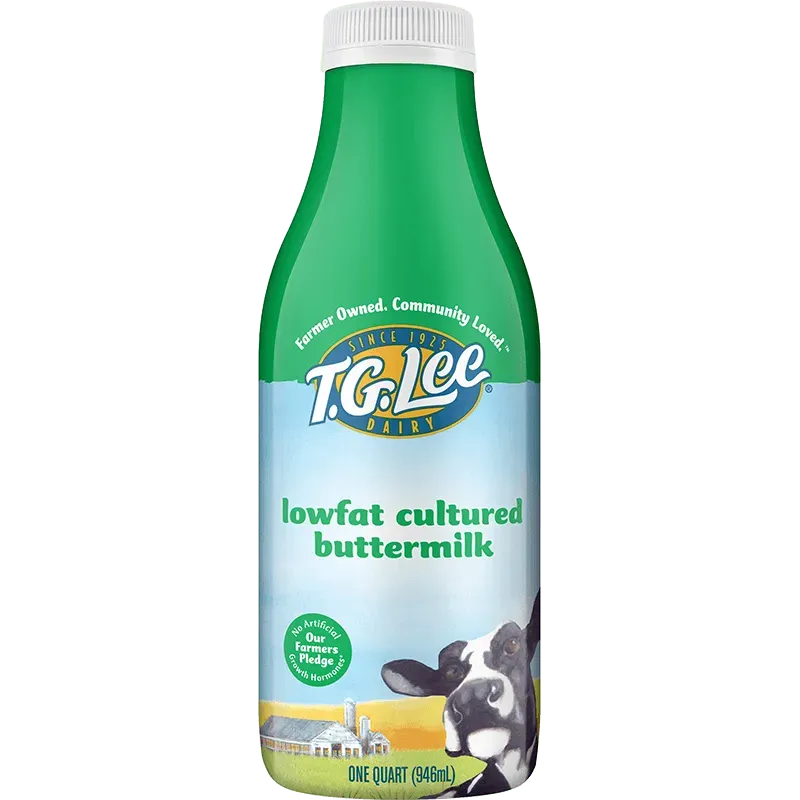
The GutFriendly Perks of Cultured Low Fat Milk
Feeding the Right Crowd Inside You
So, you've got these live and active cultures chilling in your cultured low fat milk. What do they actually *do* once they hit your digestive tract? Think of your gut like a bustling city, full of all sorts of residents – good guys and not-so-good guys. The idea behind consuming probiotics, like those in cultured low fat milk, is that you're sending in reinforcements for the good guys. These bacteria, like *Lactobacillus* and *Bifidobacterium*, are the heavy hitters often associated with a balanced gut microbiome. When you consume them regularly, they might help keep the population of less-friendly bacteria in check, contributing to a more harmonious environment down there.
It's not a magic bullet, obviously. Your diet, stress levels, and a million other things play a huge role in your gut health. But adding sources of beneficial bacteria like cultured low fat milk is one piece of the puzzle. It's like sending in extra security guards for your internal city. They might compete for resources, help produce beneficial compounds, and generally make the neighborhood a bit nicer for everyone involved – especially your digestive system.
Making Digestion a Little Easier
Beyond just populating your gut with friendly microbes, cultured low fat milk might offer some more direct digestive perks. Remember how the bacteria eat lactose and produce lactic acid? For people who have trouble digesting lactose (lactose intolerance), this pre-digestion by the bacteria can be a big deal. Some of the lactose is already broken down before it even gets to you, potentially reducing symptoms like bloating, gas, and discomfort that come from undigested lactose fermenting in the gut.
While cultured low fat milk still contains some lactose, the reduced amount and the presence of the bacteria themselves (which can carry the enzyme lactase) often make it easier on the stomach than regular milk for those sensitive folks. It's not a cure for lactose intolerance, but it can certainly make dairy a more accessible option. Plus, a healthy gut microbiome, potentially supported by the probiotics in cultured low fat milk, is linked to better overall nutrient absorption. Basically, when your gut is happy, it's better at its job of pulling the good stuff from your food.
- Potential Gut Benefits:
- May support a balanced gut microbiome
- Could aid in lactose digestion for some individuals
- Might help regulate bowel movements
- May contribute to overall digestive comfort
How Cultured Low Fat Milk Gets Its Magic
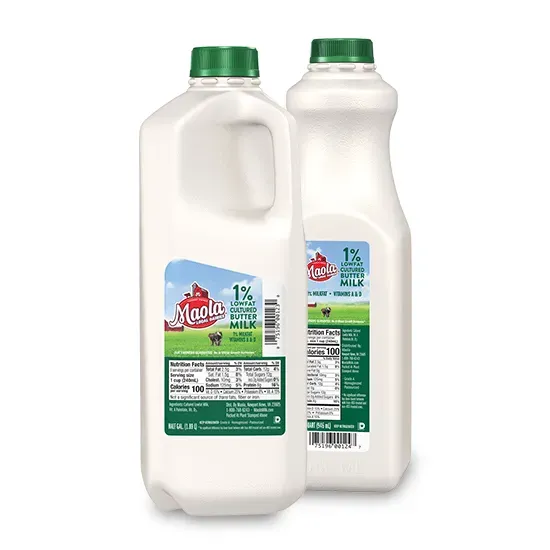
How Cultured Low Fat Milk Gets Its Magic
Setting the Stage: Clean Milk, Happy Bacteria
Making cultured low fat milk isn't just about pouring bacteria into a jug. It's a bit more precise than that. First, you start with low-fat milk, obviously. This milk goes through pasteurization, which is basically heating it up to kill off any unwanted, naturally occurring bacteria that might mess with the process or, you know, make you sick. Think of it as clearing the deck.
Once it's pasteurized and cooled down to a specific temperature – typically warm enough for the good guys to thrive but not so hot it kills them – the magic ingredients are added: the starter cultures. These are specific strains of beneficial bacteria, often looking like a fine powder or a pre-activated liquid. The folks making cultured low fat milk choose these strains carefully for their ability to ferment lactose, produce the right kind of tang, and create that desirable texture. It's less random chance, more controlled biological engineering on a small scale.
The Bacterial Buffet: Fermentation in Action
This is where the main event happens. Once the starter cultures are introduced to the warmed low-fat milk, they get to work. Their primary food source is lactose, the sugar naturally found in milk. As they consume lactose, they produce lactic acid as a byproduct. This acid is the real game-changer.
The increasing acidity does a couple of things. It gives cultured low fat milk its signature tangy or sour flavor, a stark contrast to the sweetness of plain milk. More importantly, the acid causes the milk proteins (casein) to curdle and thicken. This is the same principle behind cheese making or how lemon juice curdles milk, but here it's controlled by bacteria. The longer the culturing goes on, and depending on the specific bacteria strains, the tangier and thicker the final product becomes. It’s a race against time and pH levels to hit the sweet spot before it gets *too* sour or thick.
What temperature do these bacteria prefer?
- Mesophilic cultures: Work at room temperature (around 70-75°F or 21-24°C).
- Thermophilic cultures: Need warmer temperatures (around 100-115°F or 38-46°C), common for yogurt.
Stopping the Party and Packaging the Goodness
Once the milk reaches the desired acidity and thickness, the culturing process needs to be stopped. This is usually done by rapidly cooling the cultured low fat milk. Dropping the temperature significantly slows down the activity of the bacteria, preventing it from getting any tangier or thicker.
After cooling, the cultured product is typically packaged. Crucially, many cultured low fat milk products are sold with "live and active cultures." This means the beneficial bacteria are still alive and present in significant numbers when you buy and consume the product. This is what differentiates it from products where the cultures might be added *after* fermentation (like some flavored milks) or killed by heat treatment after culturing. So, when you grab that bottle, you're getting a dose of the tiny workers who did all the heavy lifting.
Cultured Low Fat Milk vs. The Dairy Aisle: A Showdown
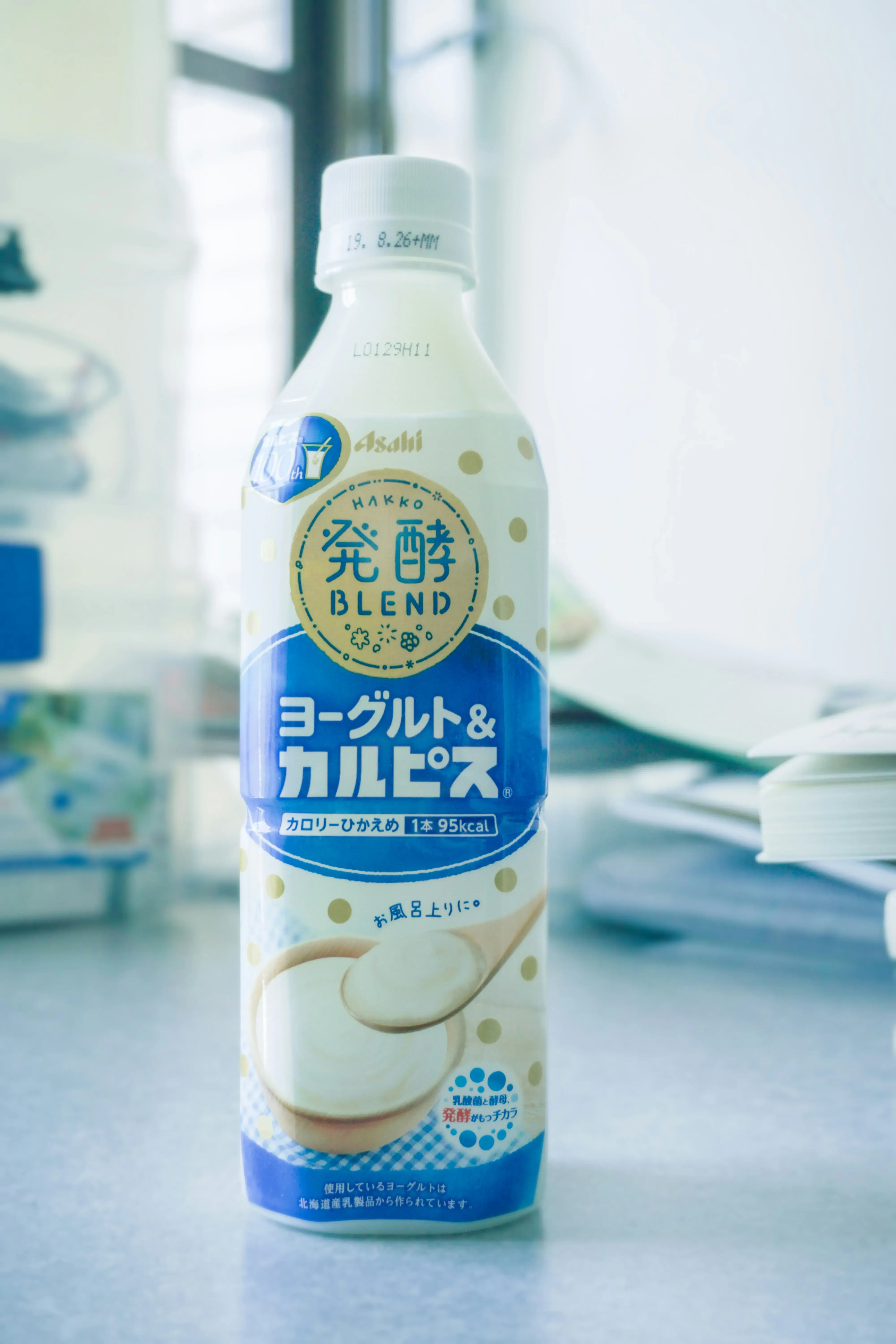
Cultured Low Fat Milk vs. The Dairy Aisle: A Showdown
Plain Milk? That's Just the Beginning
so you're standing there, looking at the regular low-fat milk carton next to the one labeled "cultured low fat milk." What's the real difference beyond a few extra bucks? Plain milk is just that – milk, pasteurized and homogenized, with the fat reduced. It's a source of calcium, vitamin D, protein, all the usual suspects. But it doesn't have the live, active bacterial cultures we've been chatting about. Think of it as a base ingredient, necessary but not actively working on your gut flora. Cultured low fat milk, on the other hand, is milk that's been intentionally inoculated with those beneficial microbes. They've already started the breakdown party, specifically with lactose, and introduced their probiotic friends to the mix.
This is the key distinction. If you're aiming to introduce probiotics into your diet through dairy, the cultured version is your ticket. Plain milk won't do that for you. It's a nutritional staple, sure, but it lacks the specific biological activity that culturing provides. It's the difference between a quiet library and a buzzing community center – both have their purpose, but one has a lot more going on internally.
Compared to Yogurt and Kefir: Cousins, Not Twins
Now, you might ask, "Isn't this just fancy low-fat yogurt or kefir?" Not quite. While they all fall under the umbrella of cultured dairy and contain probiotics, cultured low fat milk is typically a thinner consistency than yogurt and often less tangy than kefir. Yogurt is cultured to a much thicker state, sometimes becoming almost spoonable. Kefir uses a different type of starter culture (kefir grains) and results in a tangier, sometimes slightly carbonated drink with a wider variety of microbial strains.
Think of cultured low fat milk as the easy-drinking, milder cousin in the cultured dairy family. It's less viscous than yogurt, making it great for pouring over cereal, blending into smoothies without overpowering other flavors, or just drinking straight from the glass. It offers the probiotic benefit without the intense tang of kefir or the thickness of yogurt, making it a different, and for some, more versatile option in the dairy aisle.
- Cultured Low Fat Milk: Thinner, milder tang, easy to drink/pour.
- Yogurt: Thicker, can be quite tangy, often eaten with a spoon.
- Kefir: Tangier, can be slightly fizzy, distinct culture composition.
Cooking and Enjoying Cultured Low Fat Milk
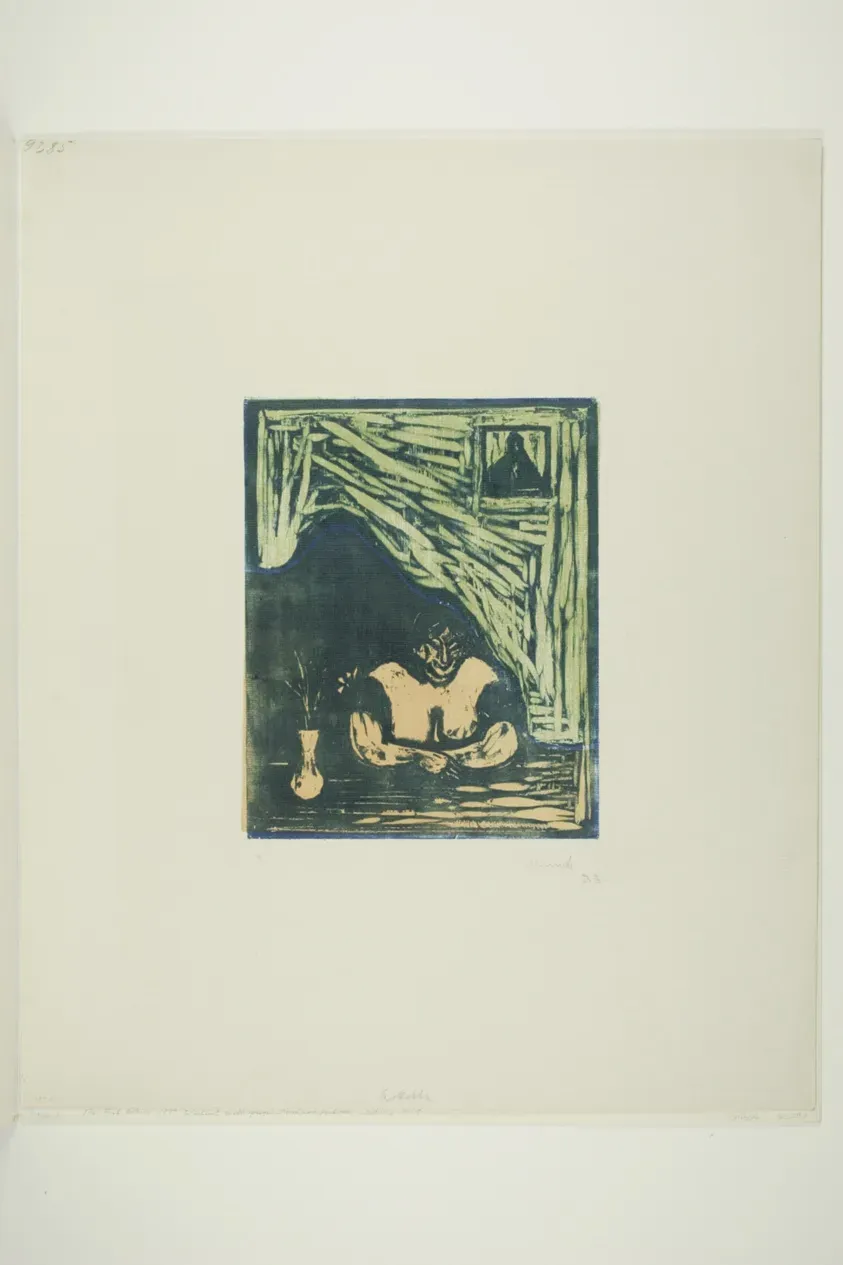
Cooking and Enjoying Cultured Low Fat Milk
Beyond the Glass: Getting Cultured in the Kitchen
so we've covered what cultured low fat milk is and why your gut might send you a thank you note. But let's be real, you're probably not just going to chug it straight every morning. The beauty of cultured low fat milk is its versatility in the kitchen. Forget using regular milk in certain recipes where a bit of tang or a slightly thicker texture could actually elevate the dish. Think smoothies – it blends beautifully, adding creaminess and that probiotic punch without the thickness of yogurt. It works wonders in overnight oats or simply poured over your morning granola. Some brave souls even use it in baking, though you need to be mindful of how the acidity interacts with leavening agents like baking soda. It's a dairy option that pulls double duty: nutrition *and* potential gut support, all wrapped up in a pourable format. So, ditch the idea that cultured low fat milk is just a drink; it's a functional ingredient waiting for its moment in your culinary spotlight.
The Lowdown on Cultured Low Fat Milk
So, there you have it. Cultured low fat milk isn't some magic elixir, but it's also more than just milk with a sour twist. We've looked at how those tiny microbes do their work, what the science says about the potential gut benefits (and let's be real, the research is always evolving), and how it stacks up next to your standard yogurt or plain milk. Whether you swirl it into a smoothie, use it in baking, or just drink it straight, it offers a different profile – both in taste and potential impact – compared to its dairy cousins. It's one option in a crowded market, and understanding what's actually in the carton helps you decide if it fits into your routine, no marketing fluff required.
